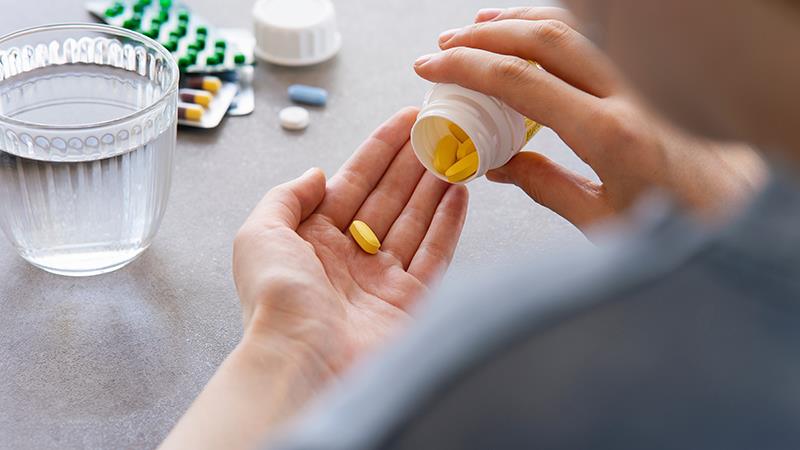Amlodipine-telmisartan-chlorthalidone combo promises better BP-lowering effect





A low-dose combination therapy, AD-209, that includes telmisartan 20 mg, amlodipine 2.5 mg, and chlorthalidone 6.25 mg demonstrates efficacy in lowering high blood pressure (BP) when compared with telmisartan alone in patients with essential hypertension, reports a study presented at ESC 2025.
This multicentre, randomized, double-blinded, parallel, phase III clinical trial also notes a comparable safety profile between AD-209 and telmisartan monotherapy.
“This study evaluates the efficacy and safety of a low-dose combination of telmisartan 20 mg, amlodipine 2.5 mg, and chlorthalidone 6.25 mg compared with telmisartan 40 mg alone,” said lead author Professor Changgyu Park, Korea University, Seoul, Republic of Korea.
“The gatekeeping method was used to test the part 1 noninferiority hypothesis, followed by the part 2 superiority hypothesis,” he added.
Park and his team enrolled a total of 314 patients in this phase III clinical trial and randomized them 1:1 to the test group (AD-209) or the control group (telmisartan 40 mg) at 28 sites in South Korea. The participants received the investigational drug for 8 weeks. The research team assessed both safety and efficacy at 4 and 8 weeks following randomization.
The change in the mean siting systolic blood pressure (MSSBP) from baseline to week 8, the primary efficacy endpoint, among patients with mild to moderate hypertension was –19.43 mm Hg in the AD-209 arm and –15.65 mm Hg in the control arm. [Park CG, et al, ESC 2025]
In the noninferiority test, the least square (LS) mean difference was –3.78 mm Hg (95 percent confidence interval [CI], –6.67 to –0.89) between the test and control groups. The upper limit of the 95 percent CI was less than the prespecified noninferiority limit (noninferiority margin, 3 mm Hg), indicating the noninferiority of AD-209 relative to telmisartan monotherapy.
On the other hand, the superiority test revealed a mean difference of –19.17 mm Hg in the AD-209 arm and –15.16 mm Hg in the monotherapy arm. The LS mean difference was –4.01 mm Hg (p=0.0046) between the two treatment arms, indicating the efficacy of AD-209 relative to telmisartan alone.
Safety profile
In terms of safety, 26 of the 312 patients (8.33 percent) in the safety set experienced 31 treatment-emergent adverse events (TEAEs), including two cases of adverse drug reactions (ADRs) in two participants (0.64 percent). Furthermore, no significant difference was observed in the occurrence of both TEAEs and ADRs between the test and control groups.
"[T]his study suggests that AD-209, a low-dose combination of telmisartan 20 mg, amlodipine 2.5 mg, and chlorthalidone 6.25 mg provides a significant BP-lowering effect compared with telmisartan 40 mg, in patients with essential hypertension, with a similar safety profile,” Park said.
Of note, “[a] high-dose combination of these three components has already been developed and is available in the South Korea’s market,” according to Park and colleagues. “Given the established efficacy and safety profile of the higher dose and the parallel development of AD-209 at half the dose, safety concerns are not anticipated.”